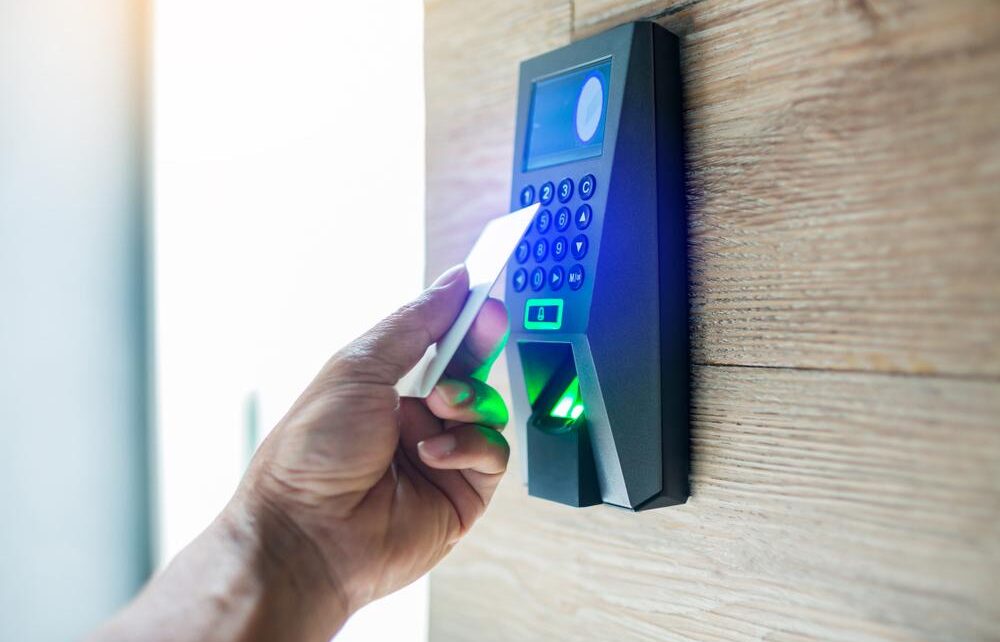There are several components that make up a door access control system. These include the physical barrier (such as a door or gate), an electronic locking mechanism, a credential reader, and a control panel. In this section, we will explore each of these components in more detail.
Physical Barrier
The first component of a door access control system is the physical barrier itself. This can be any type of door or gate that restricts entry to a specific area. The most common types of barriers include swinging doors, sliding doors, revolving doors, turnstiles, and gates.
In addition to restricting access to a particular area, physical barriers also serve as a visual deterrent for unauthorized individuals. They also provide a physical barrier to prevent tailgating, where an unauthorized individual follows an authorized person through the entrance.
Electronic Locking Mechanism
The electronic locking mechanism is the second component of a door access control system. This can be in the form of an electric strike, electromagnetic lock, or electric latch retraction device. These mechanisms are usually connected to the control panel and are triggered by either a credential reader or a switch.
When triggered, the electronic locking mechanism will either release or secure the physical barrier, allowing or restricting entry. Some advanced systems may also have multiple levels of security where specific areas require different types of credentials for access.
Credential Reader
The credential reader is another essential component of a door access control system. This device reads the credentials presented by an individual and sends the information to the control panel for verification.
There are various types of credential readers, including keypads, proximity cards or fobs, biometric scanners, and even mobile devices. With advancements in technology, newer systems may also support facial recognition or voice recognition as forms of credentials.
Control Panel
The control panel is essentially the brain of a door access control system. It receives information from the credential reader and verifies it against user permissions stored in its database. If the credentials are valid, the control panel will trigger the electronic locking mechanism to allow entry. Otherwise, it will deny access and activate an alarm, notifying security personnel of a potential breach.
The control panel also stores important information such as access logs and user permissions, which can be managed and updated by authorized individuals through a computer or mobile device. In advanced systems, the control panel may also have remote monitoring capabilities for added security and convenience.



